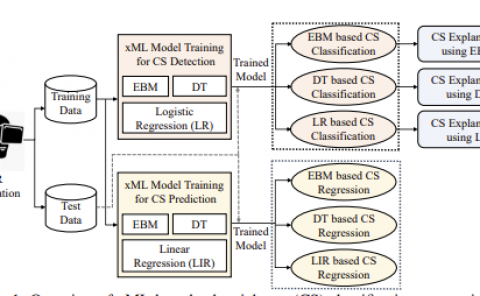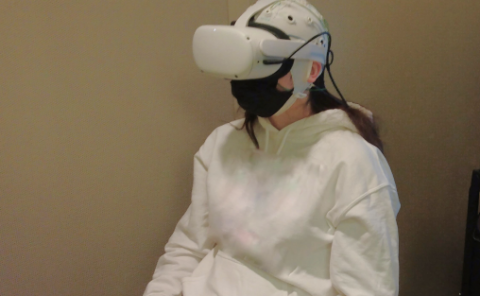Effects of Virtual Hand Representation on the Typing Performance, Upper Extremity Angle, and Neck Muscle Activity during Virtual Reality Typing
Date:June 2024
Teams:Northern Illinois University
Writers:Mobasshira Zaman, Jaejin Hwang
Abstract
This study evaluated the effect of virtual hand representation on the typing performance, upper extremity angle, neck muscle activity, and usability during virtual reality (VR) typing. A total of 15 participants (7 females and 8 males) performed a typing task with and without virtual hand representations. The optical motion capture data was utilized to capture the upper extremity angles, and electromyography device was used to collect the neck muscle activities (left and right splenius capitis). The results showed that the typing performance, upper extremity angle, neck muscle activity, and usability were significantly different with and without virtual hand representations. With the virtual hand representation, net typing speed (WPM) and usability increased significantly by 171.4% and 25% compared to the without hand representation. Without the virtual hand representation, participants showed increased wrist extension, and decreased right shoulder abduction angles. The variability of the neck rotation was increased while typing without the virtual hand representation. The neck muscle activities were increased with the virtual hand representation. The results suggest that typing with the virtual hand representation could positively affect the typing performance and usability and reduce the risk of the musculoskeletal disorders of the upper extremity. Future study could explore the effect of the virtual hand representation for users with varying levels of typing skills.



